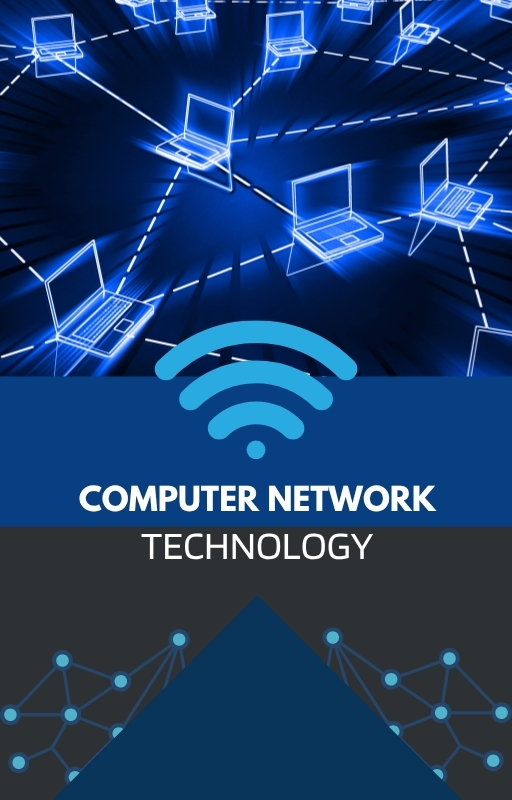1. You need to restart your ONU and Router
Equipment restarts are the most effective internet troubleshooting solution. This should always be your first step.
2. Your home network is congested
Congestion happens when you overload your internet connection with more traffic than it can handle. To fix it, you can either lower your internet usage or upgrade to a faster plan.
3. You need a stronger Wi-Fi signal
You experience a weak Wi-Fi signal when you’re too far from your router, when the signal is forced to pass through obstructive materials, or when other Wi-Fi networks and electronic devices introduce interference. You can fix it by extending your Wi-Fi range, choosing a better spot for your router, or adjusting your router’s settings.

Why Your Internet is Slow (and How to Fix It)
4. You have slow or outdated devices
It’s not always your internet connection that’s causing the slowdowns, it could be one or more of your devices. If your slowdowns are limited to certain devices, you should start your troubleshooting efforts with those devices rather than your internet connection; sometimes, they just need a simple restart.
5. How to get the best possible Wi-Fi signal:
Place your router in a central location – this will give the best coverage throughout your house. If your router is located on one side of your home, it may not cover every room properly
6. Switch Channels
If lots of people are using the same Wi-Fi channel, you may experience your connection slowing down. This is because neighbouring networks that are operating on the same frequency can interfere with your own network. The best Wi-Fi channels are generally 1,6 and 11.
7. Choosing the best Wi-Fi router
An affordable Wi-Fi 6 (802.11ax) or previous-generation Wi-Fi 5 (802.11ac) Dual Band Gigabit Router with a broad wireless range will be ideal for most homes.
Why Your Internet Is Slow
1. Too Many Devices on the Network
More devices = more data usage = slower speeds for everyone.
Symptoms: Lag during video calls, buffering, or long download times.
2. Weak Wi-Fi Signal
Distance from your router or physical obstructions (walls, floors, etc.) can weaken the signal.
Symptoms: Fast internet near the router, but poor performance elsewhere.
3. Old or Incompatible Hardware
Outdated routers, modems, or network cards can bottleneck your speed.
Symptoms: Devices never reach your full plan’s speed.
4. ISP Throttling
Internet Service Providers may intentionally slow down your connection during peak hours or after high data use.
Symptoms: Sudden slowdowns even with no changes on your end.
5. Network Congestion
Peak usage times (evenings, weekends) can slow things down.
Symptoms: Speeds drop at the same time every day.
6. Background Apps or Updates
Hidden downloads, cloud syncs, or streaming in the background can eat bandwidth.
Symptoms: Slowness even when you’re not actively doing anything.
7. Malware or Unauthorized Users
Viruses or uninvited users on your network can hog resources.
Symptoms: Speed drop with no obvious cause.
Let us help you to get up to speed!
At MRS Network, we understand how frustrating slow internet speeds can be. With our 24/7 Dedicated Support team managed and monitored services, you can enjoy high speeds download, online gaming, and streaming smooth and uninterrupted online experience.
